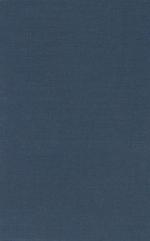|
This section contains 5,215 words (approx. 18 pages at 300 words per page) |

|
SOURCE: William Cowper, Jonathan Cape, 1928, pp. 135-171.
In the following excerpt, Fausset explores the nuances of Cowper's letters.
Letter-writing, as an art, is subject to the same conditions as any other art. Ideally a letter must in every phrase and sentence express a personality: it must convey an illusion of spontaneity, but it must not reflect an unorganized impulse. Its language must be conversational (as Cowper wrote to Lady Hesketh—‘When I read your letters I hear you talk, and I love talking letters dearly’), but its conversation must be so choice as to be keyed up above the level of the accidental. It must speak directly and even casually to its reader, but with a distinction which is at once personal and memorable. And finally it must be a unity, the expression through all its parts, however delicately interlinked or unconsciously associated, of a single mood.
The...
|
This section contains 5,215 words (approx. 18 pages at 300 words per page) |

|


